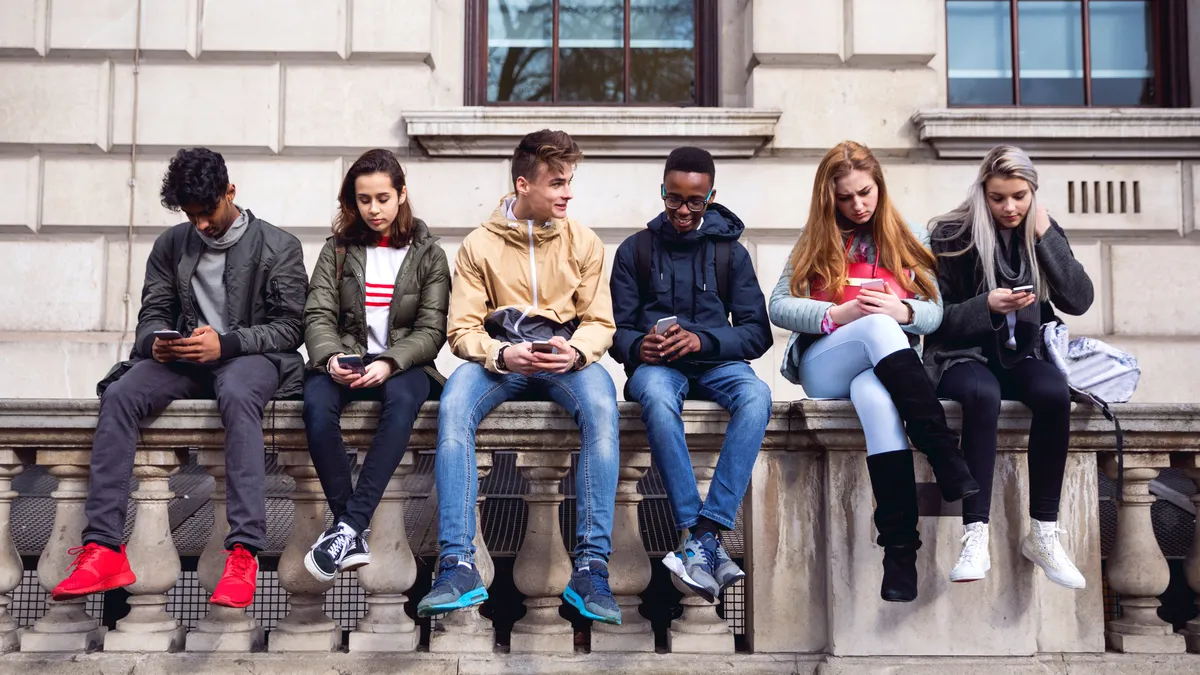Kaarin Vembar is obsessed with the luxury and apparel markets. She also has a sassy mouth, so her managing editor decided to give her a column in an an attempt to harness insight for readers. Kaarin can be reached at [email protected].
People claim to have a line they won't cross when it comes to secondhand, or previously owned, beauty products.
At first they grasp their pearls and declare, "I would never buy makeup that someone else used!" Until you present the what-ifs.
What if:
- It was a bottle of perfume that was only used once?
- It came in a jar that was designed so the product couldn't be touched? (i.e. Drunk Elephant's Protini Polypeptide Cream which only releases enough product for one use.)
- It was from an eyeshadow palette where only three of the shades were used?
- You knew the person who owned the product?
- It was still in its original packaging?
- It was a refurbished hair tool?
The definition of secondhand seems to stretch and may even accommodate those who are squeamish or wary about this part of the resale industry.
Additionally, there is simply an audience for this type of product experience. Similar to how previously owned apparel is becoming more in vogue (and even going mainstream), with companies including Macy's, Madewell, and Nordstrom taking part, there is a part of the population that is eager to buy and trade secondhand skincare, haircare and makeup products.
A Business of Fashion article entitled "Why Japanese millennials are buying used makeup" by Zoe Suen came out last summer, highlighting a segment of dedicated young shoppers who are in hot pursuit of previously owned luxury beauty products.
The reasons why some people may elect to purchase secondhand beauty are layered. As Suen's article points out, thoughtful consumerism and a yearning for high-end products do not have to be mutually exclusive. There is a solid case for utilizing that which has already been produced. There is also the element of a shared economy that allows for creative thinking around consumption.
Even though it is a trend that is gaining momentum, especially with the rise of platforms like Glambot and Poshmark, there is little chance of resale taking market share from luxury companies or retailers like Sephora or Ulta, according to Larissa Jensen, vice president and beauty industry advisor at The NPD Group.
"There's certain categories where this could make sense," she said regarding secondhand beauty. "If you think about fragrances, they're in a bottle. You can't really dig into it. You would maybe consider buying a secondhand fragrance because the other person might have spritzed it on themselves a couple of times."
The same philosophy might apply to special edition products, she said in an interview. "The limited-edition stuff, if it really is that important that you get your hands on this palette that only 200 were made," might be a viable option to purchase second hand.
But the gross-out factor is a real barrier. "I would never buy a jar of skincare that you have to dip your finger into," Jensen said. "God no. That's major ick."
It's a very fair point. How do we trust strangers with products that we put on our bodies? How do we know what happened with the ingredients? Were items stored properly? How long were products on a shelf before they were sold?
This is something that may be said of the entire beauty industry. Because — and this is where my 'set it all on fire' attitude comes in — none of it is regulated.
Sure, if a bunch of people break out in hives because they use a lotion that came from the same vendor they can sue. There is legal recourse. But, the larger point is that we simply don't understand what is in our products. That's why it was startling last spring when the FDA stated that asbestos was found in makeup at Claire's and Justice. Or the astonishment felt reading Reuter's exceptional reporting of how regulators systematically dismissed health concerns about talc in cosmetics for decades.
In fact, it's been over 80 years since Congress passed legislation regarding the beauty industry. The last time was the Food, Drug, and Cosmetic Act of 1938. (Legislation was introduced in the House and Senate in 2019, but to date neither has moved beyond committee.)
As recently as two weeks ago, supporters in California urged the state assembly to pass the Toxic-Free Cosmetics Act, which would ban toxic ingredients like "lead, mercury and formaldehyde from the beauty and personal care products Californians use every day." Because — surprise! — those things might be in products that we are currently consuming. As of Jan. 17 that bill failed to pass in committee.
The concept of secondhand beauty may have a short shelf life. Or, like those rad kids who were rocking vintage and thrift store goods in the aughts while other people were shopping at the mall, there may be a day where early adopters are able to say: "I told you so."
We may, though, want to think about what should really be grossing us out about the industry.






















